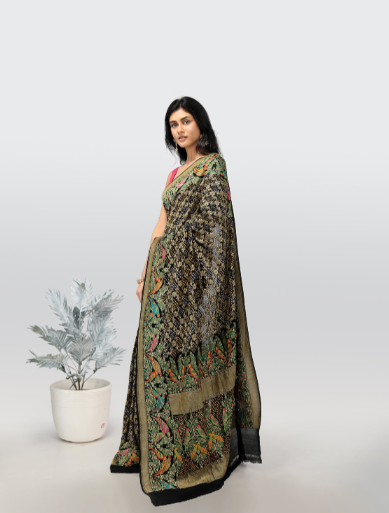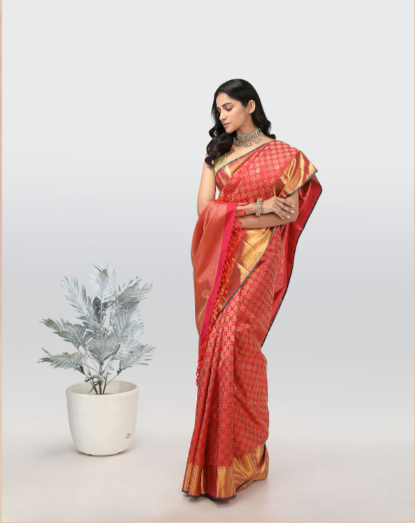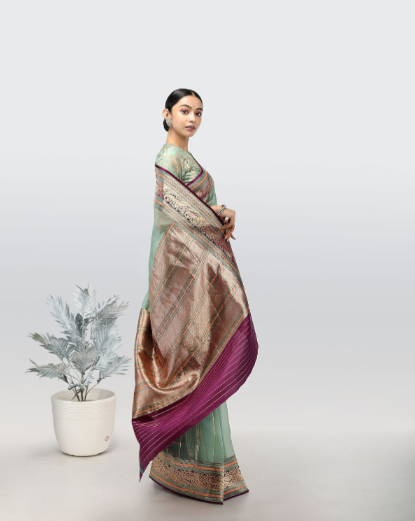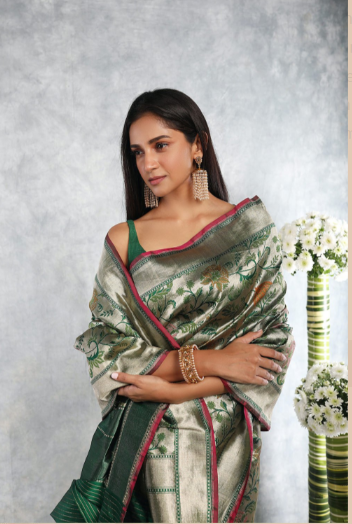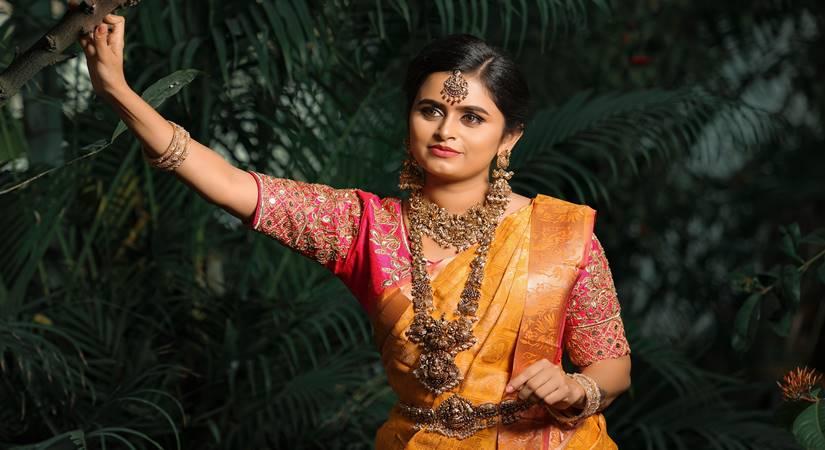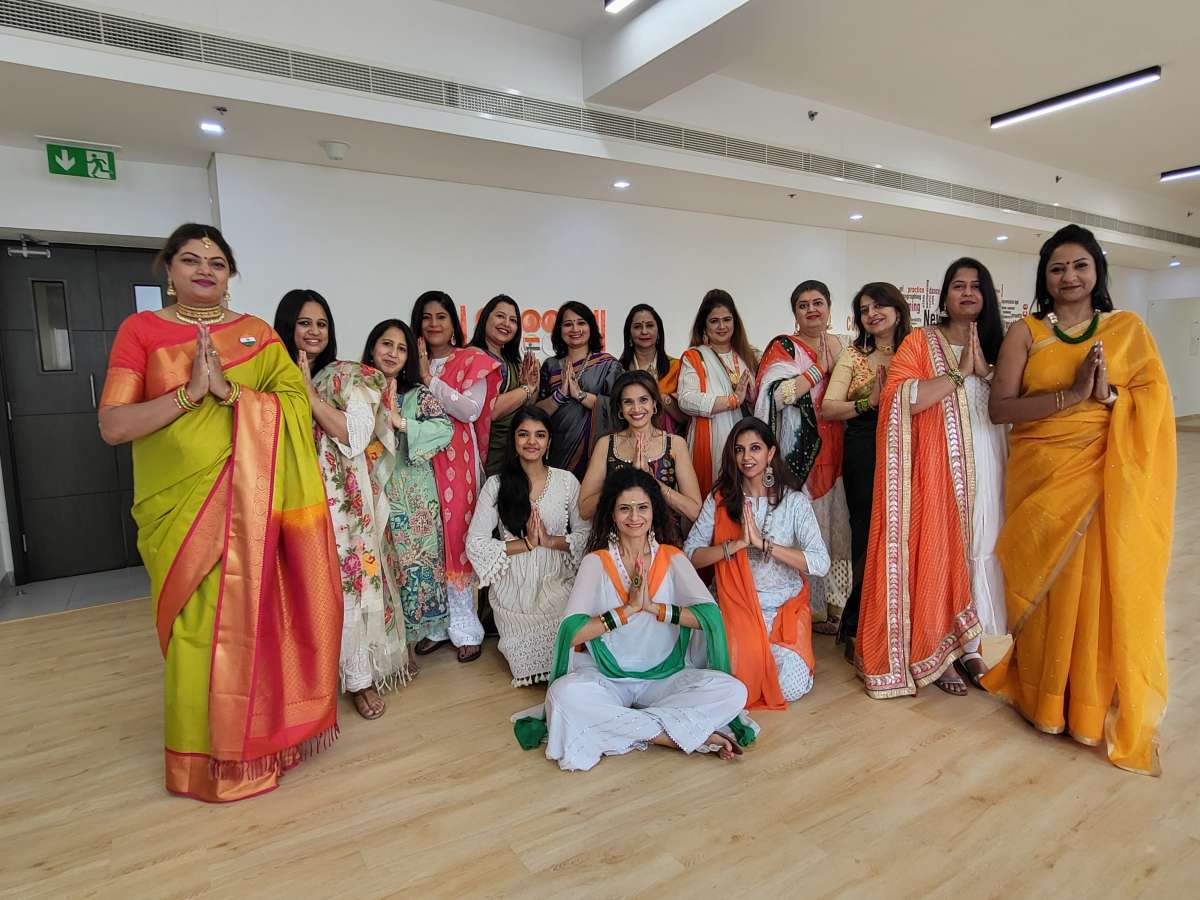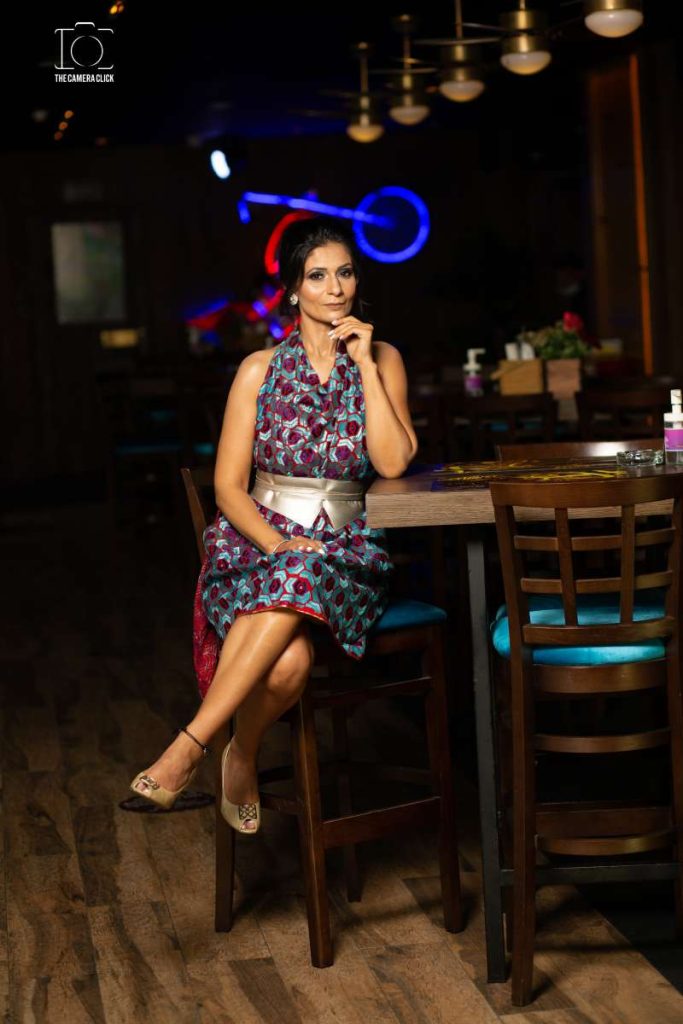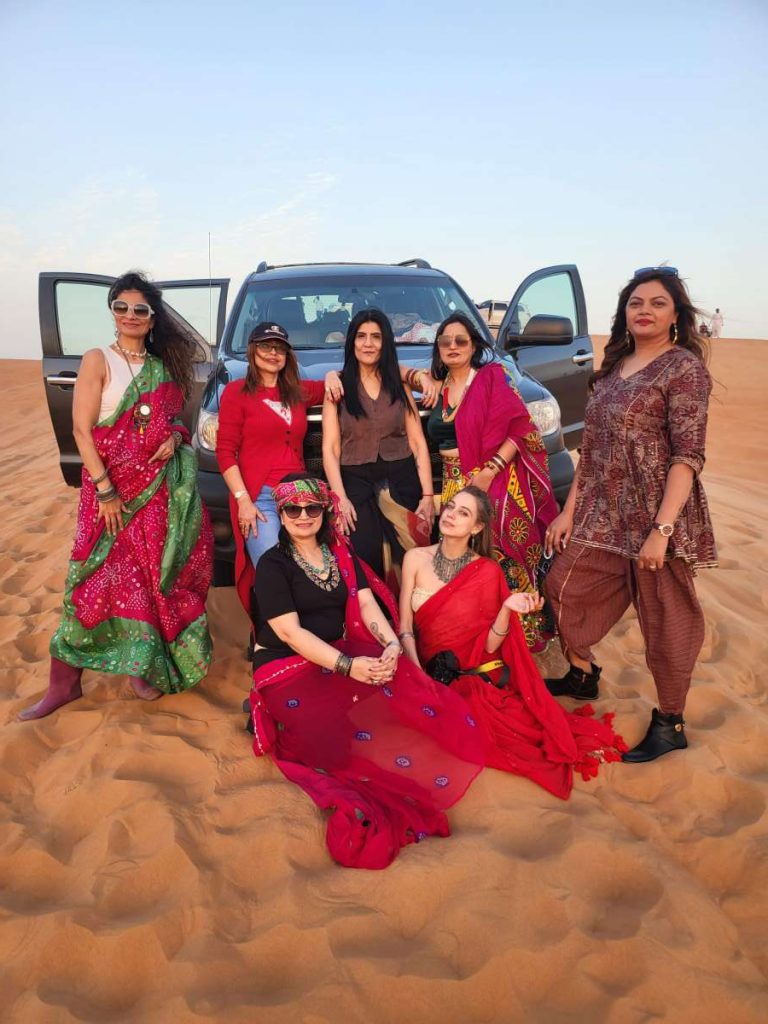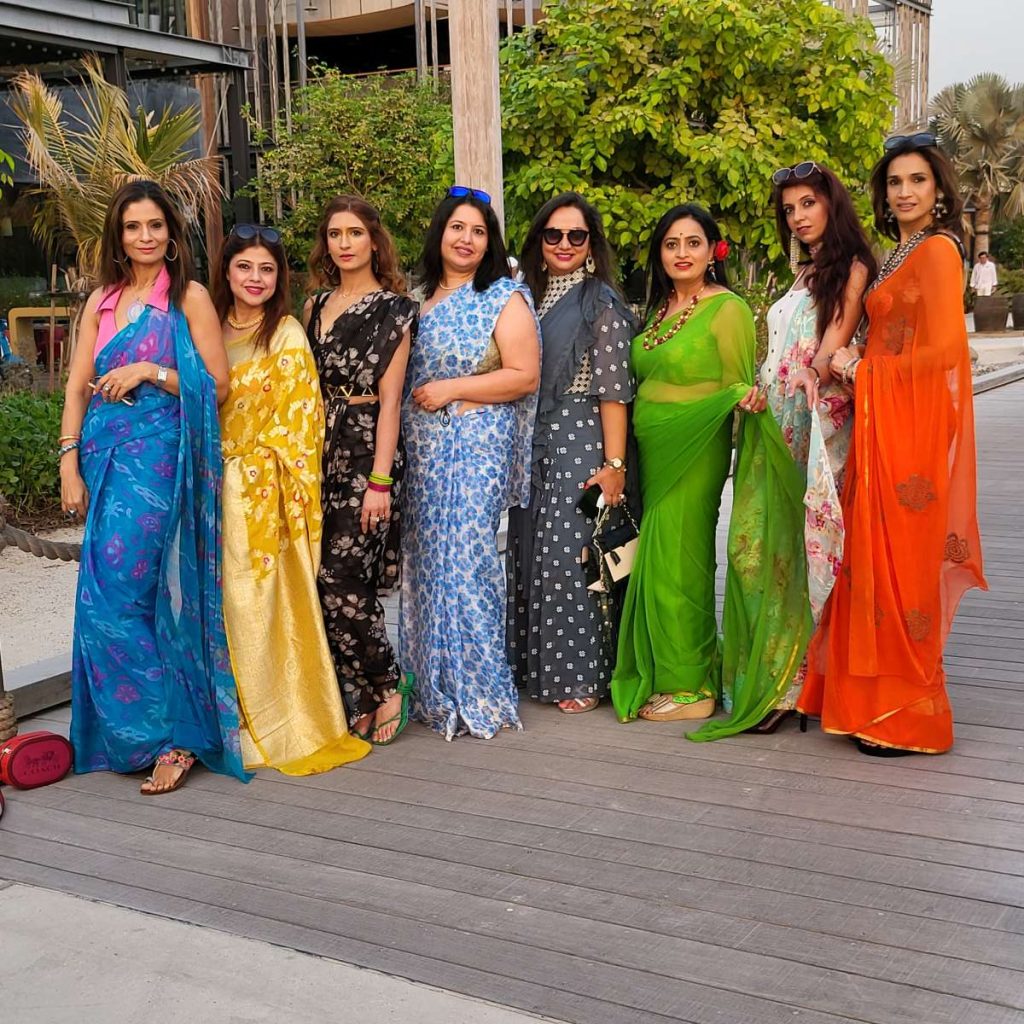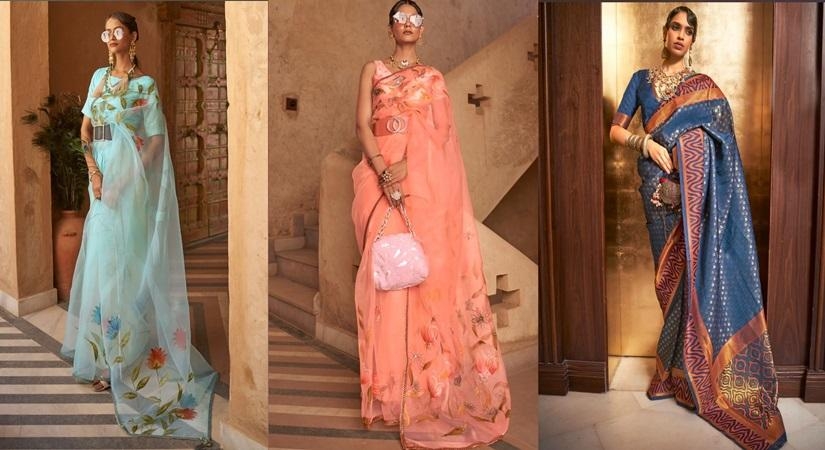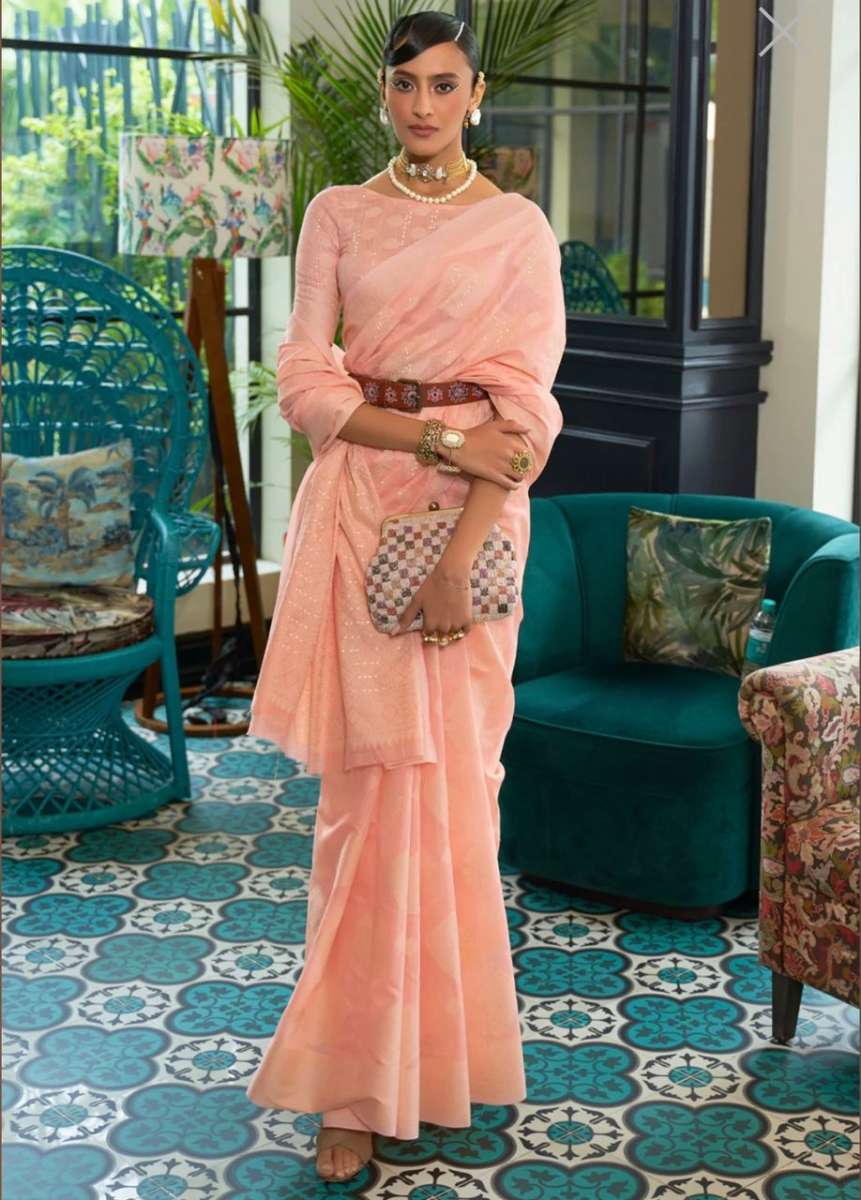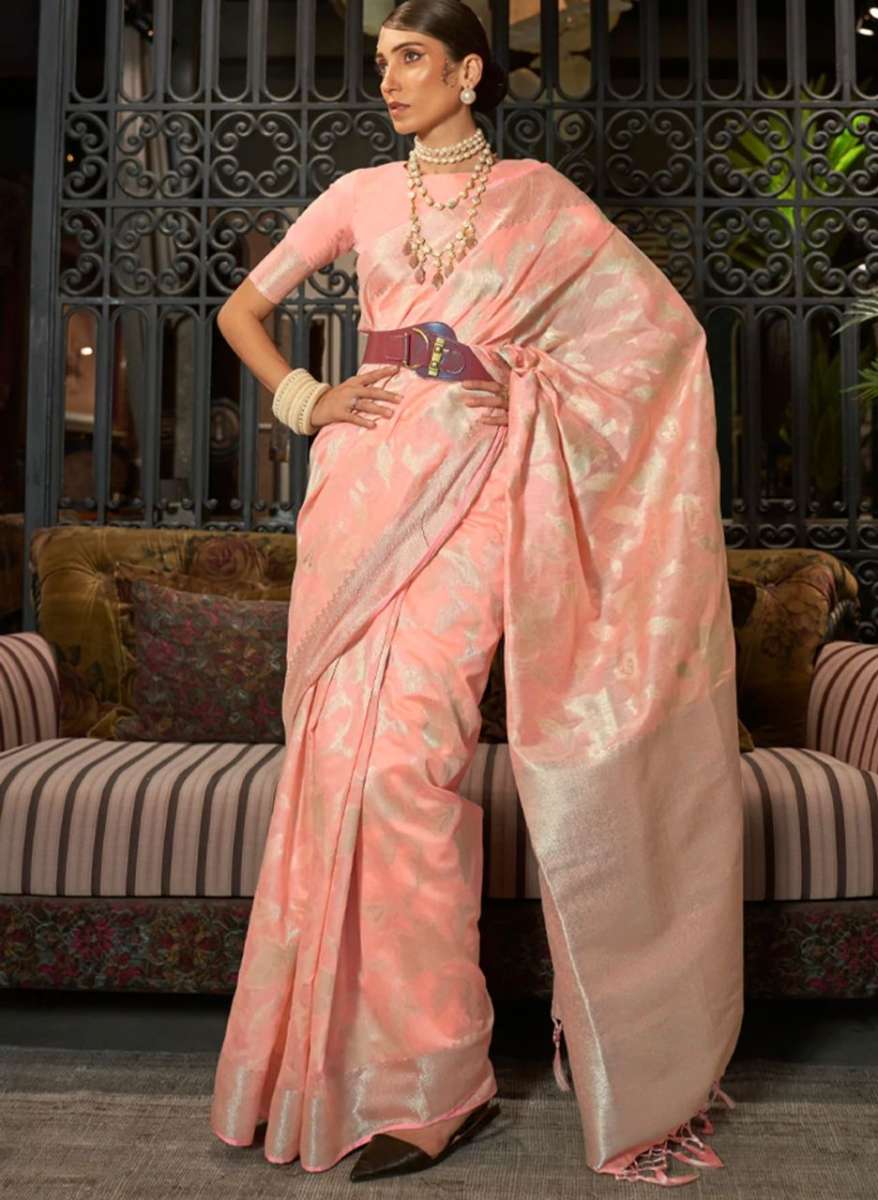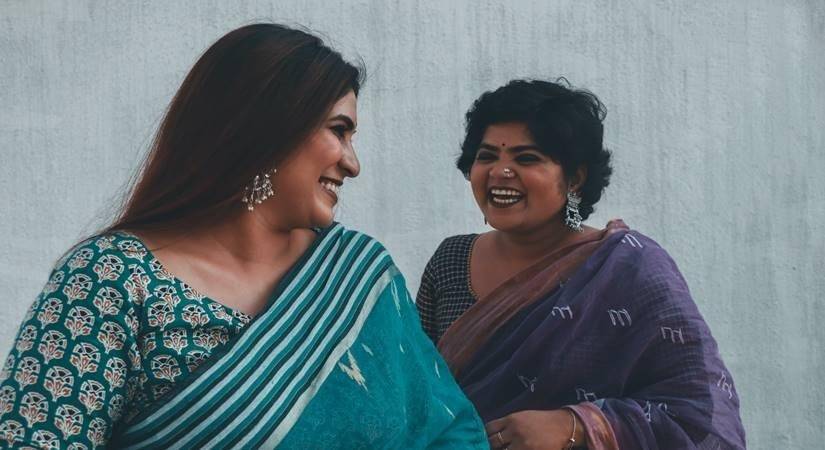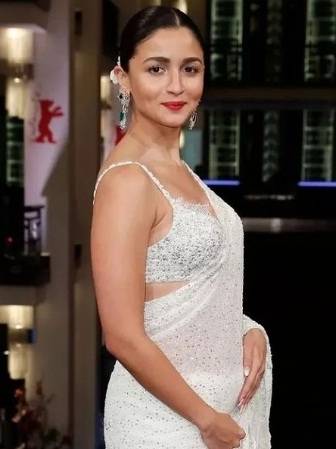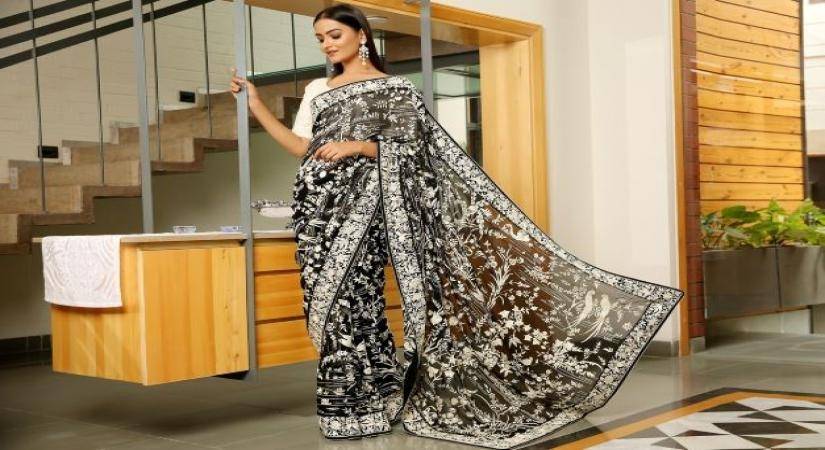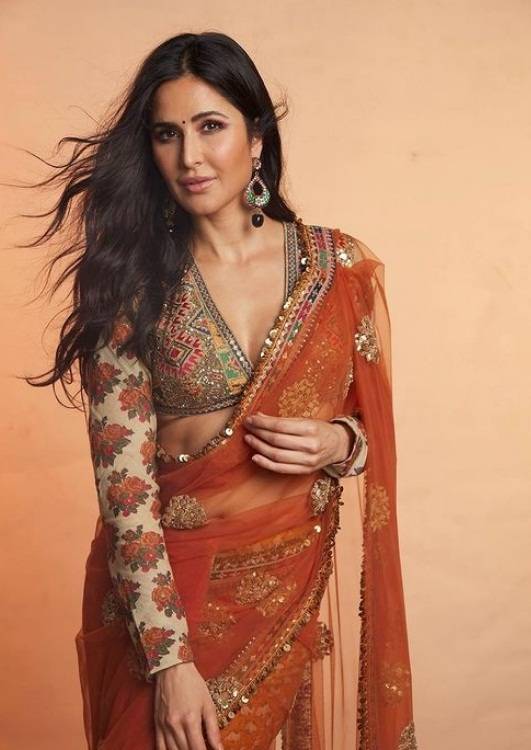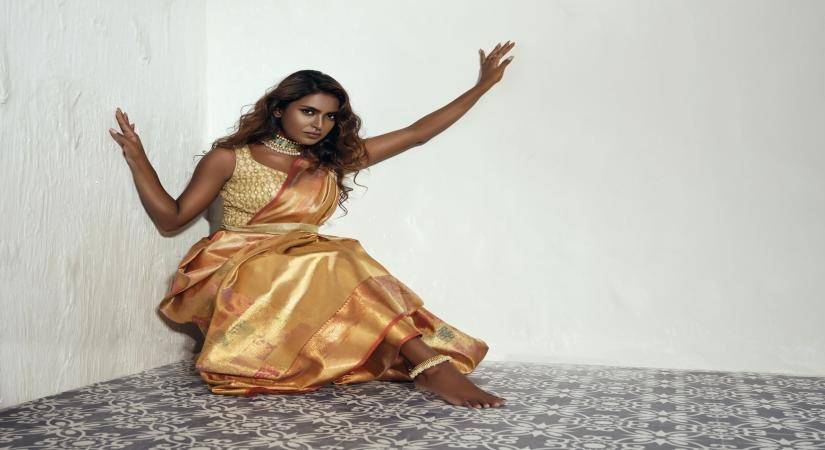Shraddha Kapoor effortlessly blends Indian and Western elements to create fusion saree looks that are both stylish and unconventional. She has been seen pairing sarees with crop tops, blazers, or even denim jackets for a contemporary twist…reports Asian Lite News
Sarees have traditionally represented elegance and grace in Indian fashion, and Bollywood superstars such as Shraddha Kapoor have been spotted wearing exquisite saree ensembles that inspire millions. With her impeccable style and flair, Shraddha effortlessly carries off sarees with poise and charm.

Check out the top five saree styles of the actress from the film ‘Tu Jhoothi Main Makkaar’ that you may replicate to add a touch of Bollywood glitter to your wardrobe.

Traditional Elegance: Shraddha Kapoor’s traditional saree looks often feature timeless elegance and grace. She has been spotted in classic silk sarees adorned with intricate embroidery or rich zari work. To recreate this look, opt for a silk saree in vibrant colors like red, green, or royal blue. Pair it with traditional jewelry such as jhumkas, bangles, and a statement necklace to complete the regal ensemble.
Contemporary Chic: Shraddha Kapoor also embraces contemporary saree styles with panache. She experiments with modern silhouettes, unique drapes, and unconventional fabrics. To channel her contemporary chic vibe, try a pre-draped saree or a saree gown in soft pastel hues or monochrome tones. Accessorize with sleek accessories and minimalist jewelry for a sophisticated yet trendy look.
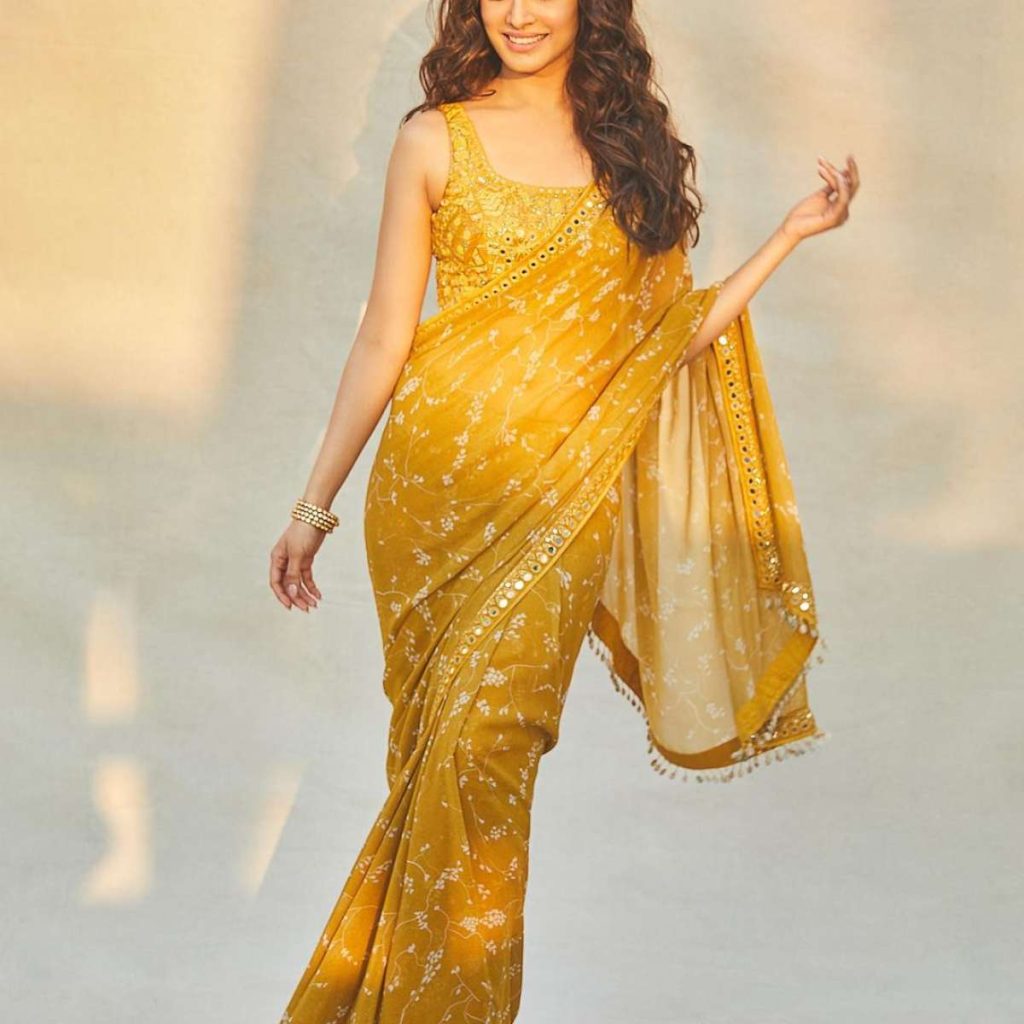
Floral Fantasy: Floral sarees are a favorite among Bollywood celebrities, and Shraddha Kapoor is no exception. She often opts for sarees featuring delicate floral prints or intricate floral embroidery. To recreate her floral fantasy look, choose a lightweight georgette or chiffon saree or a saree made of a Liva Fabric adorned with floral motifs. Pair it with subtle makeup, soft curls, and floral accessories for a feminine and romantic vibe.
Fusion: Shraddha Kapoor effortlessly blends Indian and Western elements to create fusion saree looks that are both stylish and unconventional. She has been seen pairing sarees with crop tops, blazers, or even denim jackets for a contemporary twist.
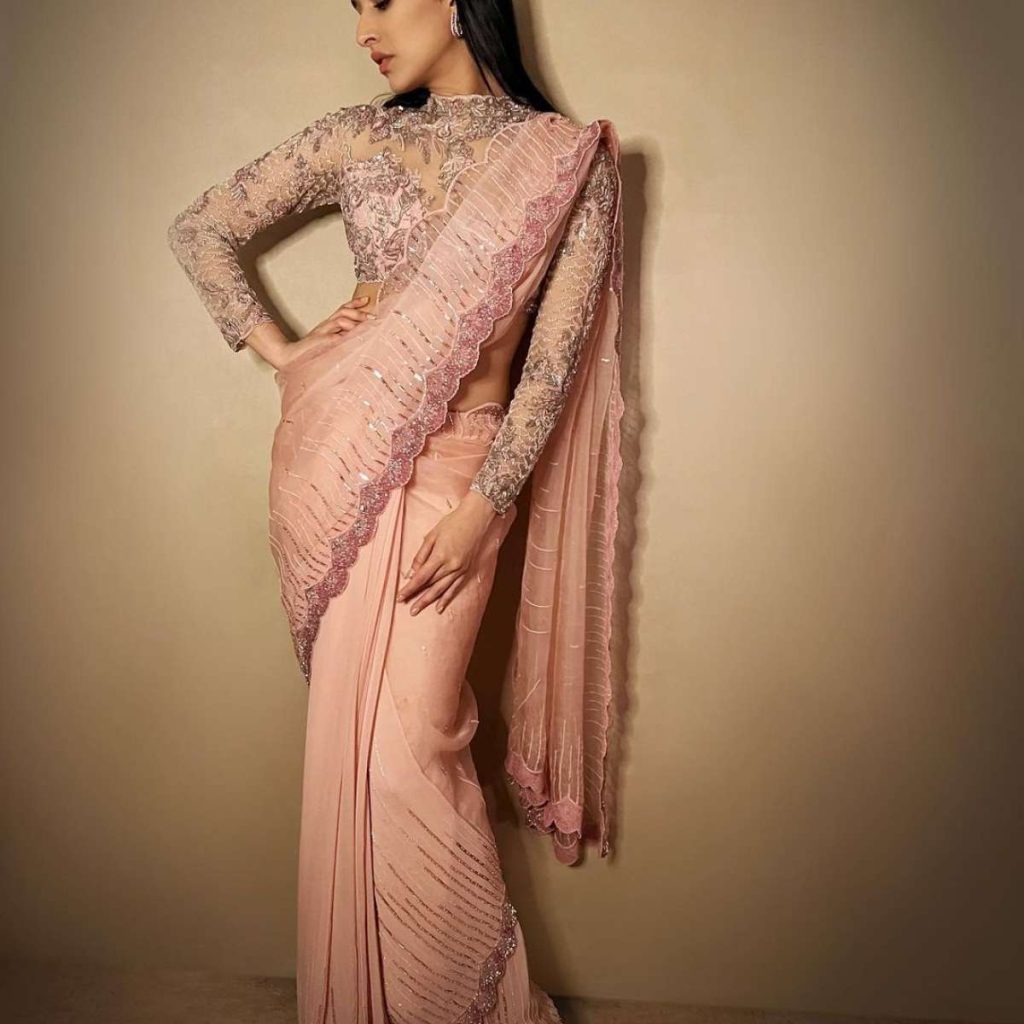
Minimalistic Magic: Sometimes, less is more, and Shraddha Kapoor’s minimalistic saree looks are a testament to that. She opts for simple yet elegant sarees in muted tones like ivory, beige, or blush pink. To recreate her minimalistic magic, choose a lightweight saree with clean lines and subtle embellishments. Pair it with dainty jewelry, a sleek bun, and a subtle makeup look for understated sophistication.
ALSO READ-Embrace Tradition with Straavi’s Festive Saree Collection



